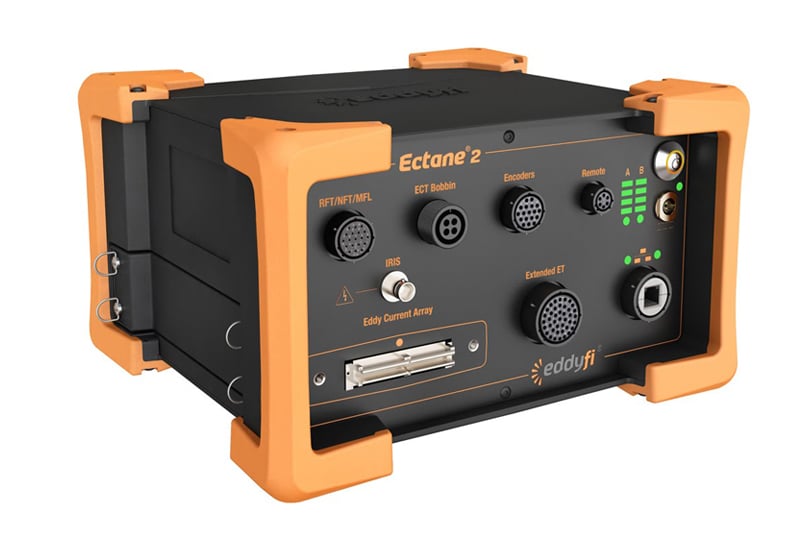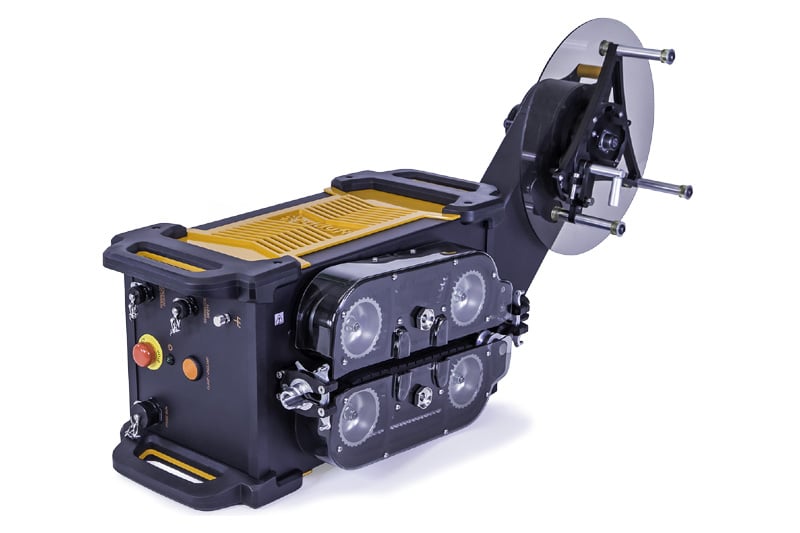6 Things To Know Before Inspecting Tubes

We make choices every day and while the old adage that ‘ignorance is bliss’ may apply in some instances, the reality is that we generally need quality information in order to make good decisions.
We can get away with some decisions made on superficial information, but in many cases, uninformed decisions can lead to costly mistakes. In the field of non-destructive testing (NDT), errors can be not only costly, they can be catastrophic.
Some NDT technologies complement one another, others compete, and no single method is able to cover every inspection requirement – so choosing the most appropriate technology for the job is crucial. Any NDT decision needs to be based on good information in order to achieve the best outcome.
To illustrate this point, let’s look at tube inspection. There are many different techniques that can be used for non destructive testing of tubing, including eddy current testing (ECT), eddy current array (ECA), magnetic flux leakage (MFL), partial saturation eddy currents (PSEC), internal rotary inspection systems (IRIS) and near-field testing (NFT) – and these may be used individually or in combination.
Before making any investment in buying or leasing probes for inspecting tubes, there are a number of factors you need to consider. The more information you gather, the greater the likelihood that you’ll choose the right device for the job and get the right results.
What are you looking for?
Knowing what type of defects that you are looking for will determine the NDT method, or combination of technologies, that are most appropriate for the application. For example, cracks in tubes can be axial or circumstantial and because not all NDT techniques are able to detect defects in all orientations, you need to be aware of your exact inspection needs. Other common defects found in tubing include corrosion, pitting and thinning.
Where are the defects located?
Your choice of technology will depend on where the defects are located. Some methods are designed to inspect for surface-breaking defects, whilst others are better suited for defects on the inside of the tubing. Defects can be in welds, around tubesheets or support plates, close to the inner diameter or outer diameter of the tube etc, so you need to know exactly what you’re looking for and whether they’re inside or outside of the tubing before making any equipment decisions.
You also need to consider where the asset under test is located. Proximity to a water source (which can impact on the effectiveness of IRIS technology), hard-to-access areas or cramped conditions are all factors to be considered in making the right choice of equipment and technology.
What material is being tested?
The properties of the material can have a significant impact on the type of inspection method used, so it is crucial to know exactly what you’re testing. Take eddy current testing (the most common electromagnetic testing technique) for example. This method depends on the permeability of the material and it’s not possible to establish whether it’s the right technique for testing a particular type of steel simply on the basis of the manufacturing standards. The only way to truly understand the properties of the material is to know what the specific grade is.
The way in which the material has been worked can also affect its properties plus the type of insulation or covering around the tubes can also significantly affect the quality of the inspection results – so it is crucial to know what you’re dealing with so you can make informed equipment choices.
Dimensions and features of the tubing under test
Different techniques are suited to different dimensions and thicknesses of tubing so it’s important to know the physical dimensions of the item under test. Before considering your options, you should know the diameters of both inner and outer tubes, the wall thickness and also whether there are any differentiating features such as fins or bends. These will all influence your choice of inspection technique.
The more informed you are, the greater the likelihood that you’ll make the right equipment and technology choices which will lead to better outcomes. The same can be said for your technical equipment supplier – the more experienced they are and the more informed they are about your operation and your needs, the more likely they will be to recommend solutions that enable you achieve optimum results and which maximise your NDT investment.
 |
 |
| Ectane 2 Surface Inspection & Tube Testing | Probot Eddy Current Inspection |
In Australia, Nexxis is widely regarded as one of most experienced and trusted technical equipment suppliers with a reputation for delivering practical, affordable and suitable NDT solutions that are tailor-made to meet customers’ changing needs. For more information on probes for inspecting tubes or any other NDT technology, please contact us now or request a quote online.
